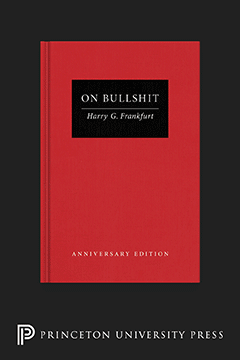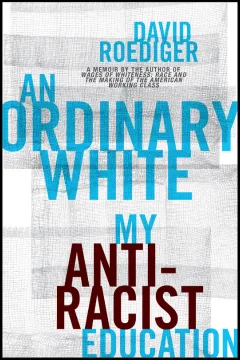New Problems for the Unions
New Problems for the Unions
At the outset a word should be said about the present climate of opinion in relation to trade unions. It has become the fashion, not only among reactionaries but also among liberals, to deprecate “big labor” along with “big business” and “big government.” Many professional people, white-collar workers and even union members generalize far too glibly from the findings of the McClellan Committee. Though the vast majority of the unions have neither been called before this committee nor implicated by its findings, the impression is widely held that labor leaders are mostly power-hungry crooks. The head-fixing instruments of America’s mass media have thereby helped create an image of organized labor as a sinister monopoly and threat.
Anyone writing critically or honestly about the unions runs the risk of seeming to encourage these misconceptions. Yet the fact that there does exist a crisis in the American labor movement makes imperative a...
Subscribe now to read the full article
Online OnlyFor just $19.95 a year, get access to new issues and decades' worth of archives on our site.
|
Print + OnlineFor $35 a year, get new issues delivered to your door and access to our full online archives.
|






